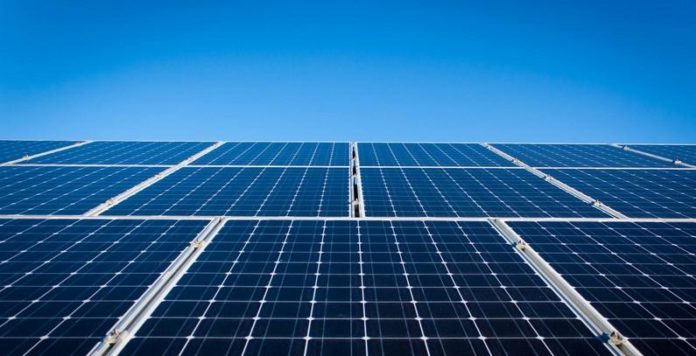New Delhi (NVI): India is expected to become the largest contributor of renewable power capacity additions by 2021, despite sharp declines triggered by the Covid-19 crisis in many other parts of the energy sector such as oil, gas and coal, a report from the International Energy Agency (IEA) said.
India and the European Union will be the driving forces behind a record expansion of global renewable capacity additions of nearly 10 per cent next year — the fastest growth since 2015, the report states.
Driven by China and the US, new additions of renewable power capacity worldwide will increase to a record level of almost 200 gigawatts (GW) this year, the IEA’s Renewables 2020 report forecasts.
This rise — representing almost 90 per cent of the total expansion in overall power capacity globally — is led by wind, hydropower and solar PV. Wind and solar additions are set to jump by 30 per cent in both the US and China as developers rush to take advantage of expiring incentives.
This is the result of the commissioning of delayed projects where construction and supply chains were disrupted by the pandemic, and growth in markets where the pre-Covid project pipeline was robust.
India is expected to be the largest contributor to the renewables upswing in 2021, with the country’s annual additions doubling from 2020.
A large number of auctioned wind and PV projects are expected to become operational following delays due not only to Covid‑19 but also to contract negotiation and land acquisition challenges.
In addition to this, in the European Union (EU), capacity additions will jump in 2021, mainly as previously auctioned utility-scale PV and wind projects in France and Germany will become operational.
A similar increase will happen in Latin America as Brazil’s delayed wind projects from previous auctions become operational.
“Renewable power is defying the difficulties caused by the pandemic, showing robust growth while others fuels struggle,” IEA Executive Director, Fatih Birol said.
He further added, “The resilience and positive prospects of the sector are clearly reflected by continued strong appetite from investors — and the future looks even brighter with new capacity additions on course to set fresh records this year and next.”
Over the first 10 months of 2020, China, India and the European Union have driven auctioned renewable power capacity worldwide 15 per cent higher than in the same period last year — a new record that shows expectations of strong demand for renewables over the medium and long term.
At the same time, shares of publicly listed renewable equipment manufacturers and project developers have been outperforming most major stock market indices and the overall energy sector.
By October, shares of solar companies worldwide had more than doubled in value from December 2019.
However, according to IEA report’s main forecast, the expiry of incentives in key markets and the resulting uncertainties, combined with upcoming financing challenges and limited stimulus targeting renewable electricity, lead to a small decline in renewables capacity additions in 2022.
But if countries address these policy uncertainties in time, the report estimates that global solar PV and wind additions could each increase by a further 25 per cent in 2022.
The Covid‑19 crisis has introduced additional challenges for renewable energy, such as constraints on financing availability, the reprioritisation of government budgets, and electricity demand uncertainty. At the same time, however, the fundamentals of renewable energy expansion have not changed. Cost reductions and sustained policy support are expected to drive strong growth beyond 2022.
Average annual solar PV capacity additions during 2023‑25 are expected to range from 130 GW in the main case to 165 GW in the accelerated case, accounting for almost 60% of total renewable energy expansion, according to IEA.
In the next five years, the generation costs of utility-scale solar PV are expected to decline another 36 per cent, making PV the least costly way to add new electricity capacity in most countries.
Despite the cost of onshore wind improving 15 per cent from 2020 to 2025, faster expansion is constrained by non-economic barriers such as permitting difficulties and social acceptance in the main case. Meanwhile, annual offshore wind additions during 2023-25 are forecast to be double the 2020 level.
However, electricity generation from renewables is expected to expand almost 50 per cent in the next five years to almost 9 745 TWh – equivalent to the combined demand of China and the European Union.
By 2025, the share of renewables in total electricity generation is expected to be 33 per cent, surpassing the coal-fired generation.
-CHK








